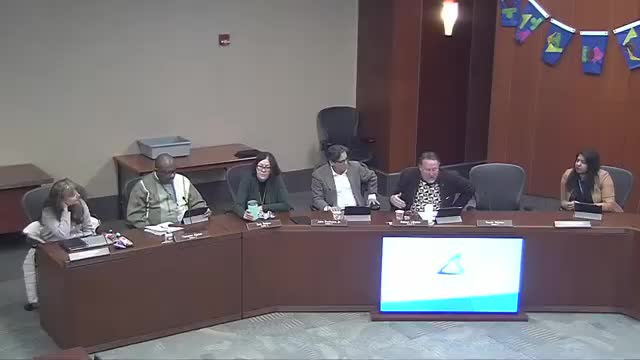Minneapolis leaders unite to address unsheltered homelessness and opioid crisis in native communities
January 01, 2025 | Metropolitan Council, Agencies, Boards, & Commissions, Executive, Minnesota
This article was created by AI summarizing key points discussed. AI makes mistakes, so for full details and context, please refer to the video of the full meeting. Please report any errors so we can fix them. Report an error »

A recent community meeting focused on the urgent issues of unsheltered homelessness and opioid use, particularly within Native communities in Minnesota, has sparked a call for collaborative action among local government officials. The meeting, attended by approximately 100 participants including the mayor of Minneapolis and various council members, aimed to address the alarming disparities faced by Indigenous populations, who are significantly more likely to experience homelessness and opioid-related deaths compared to the general population.
Council Member Millekren highlighted the critical need for a new collaborative model to tackle these pressing issues, emphasizing that current efforts are insufficient. He noted that Native individuals in the region are 33 times more likely to die from an opioid overdose and 37 times more likely to be unsheltered. This stark reality has prompted organizations like the Metropolitan Urban Indian Directors (MUD) to demand more attention and resources from government jurisdictions.
During the meeting, Millekren expressed a strong desire for all levels of government—city, state, county, and regional—to come together and leverage their resources effectively. He pointed out that while there are various initiatives in place, such as the Metropolitan Council's homeless action team, the impact is not felt at the community level. The meeting served as a platform for discussing how to move forward and build a more effective response to homelessness and substance abuse.
The call for collaboration was echoed by other council members, who acknowledged the ongoing struggles with homelessness across the region. They stressed the importance of addressing not just the symptoms of homelessness but also the underlying issues, including mental health and substance abuse. The conversation underscored the need for a comprehensive approach that goes beyond temporary solutions.
As a follow-up, Millekren will participate in a strategy meeting with various stakeholders to further develop this collaborative model. The hope is that this meeting marks a turning point in how local governments address these critical issues, moving away from territorial approaches to a more unified effort that prioritizes the needs of the community. The commitment from city leaders to engage in this process signals a potential shift towards more effective solutions for those most affected by homelessness and opioid addiction.
Council Member Millekren highlighted the critical need for a new collaborative model to tackle these pressing issues, emphasizing that current efforts are insufficient. He noted that Native individuals in the region are 33 times more likely to die from an opioid overdose and 37 times more likely to be unsheltered. This stark reality has prompted organizations like the Metropolitan Urban Indian Directors (MUD) to demand more attention and resources from government jurisdictions.
During the meeting, Millekren expressed a strong desire for all levels of government—city, state, county, and regional—to come together and leverage their resources effectively. He pointed out that while there are various initiatives in place, such as the Metropolitan Council's homeless action team, the impact is not felt at the community level. The meeting served as a platform for discussing how to move forward and build a more effective response to homelessness and substance abuse.
The call for collaboration was echoed by other council members, who acknowledged the ongoing struggles with homelessness across the region. They stressed the importance of addressing not just the symptoms of homelessness but also the underlying issues, including mental health and substance abuse. The conversation underscored the need for a comprehensive approach that goes beyond temporary solutions.
As a follow-up, Millekren will participate in a strategy meeting with various stakeholders to further develop this collaborative model. The hope is that this meeting marks a turning point in how local governments address these critical issues, moving away from territorial approaches to a more unified effort that prioritizes the needs of the community. The commitment from city leaders to engage in this process signals a potential shift towards more effective solutions for those most affected by homelessness and opioid addiction.
View full meeting
This article is based on a recent meeting—watch the full video and explore the complete transcript for deeper insights into the discussion.
View full meeting
